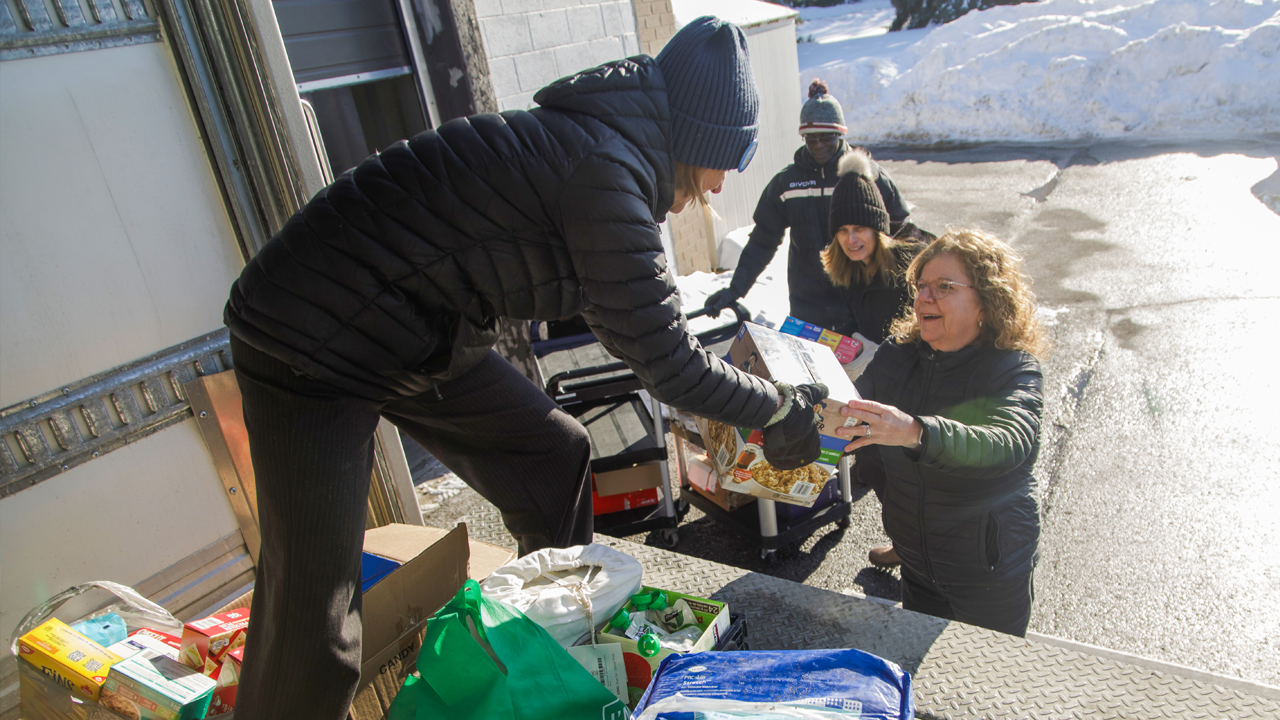
Fighting hunger takes more than food. Here’s how we’re tackling the root causes of food insecurity across the GTA with a community-first approach
Every day, more people across Peel, Toronto and York Region are struggling to put food on the table. Hunger isn’t always visible, but it exists all around us. In some neighbourhoods, it’s evident in long food bank lines stretching down the block. In others, the need is harder to see — but that doesn’t mean it isn’t there.
At United Way-funded Caledon Community Services (CCS) food bank, The Exchange, many of the clients are families, seniors, people with disabilities, newcomers and those experiencing sudden financial hardship. Their experiences show that food insecurity is complex and can affect anyone.
“The people coming to our food bank look just like you and me,” says Geraldine Aguiar, Chief Executive Officer at CCS. “They could be someone in the next cubicle. They could be your neighbour.”
Geraldine shared one family’s powerful story. A father and son came to The Exchange to donate food, only for the son to recognize the space. They had been here before, but they had come through a different door — to receive food. The father explained that during the COVID-19 pandemic, he lost his job. Without enough to eat, The Exchange provided the emergency food support they needed.
Now, with stable employment, they had returned — not for assistance, but to give back. This moment reflects the lasting impact of community support services, which provide critical aid in times of crisis and inspire a cycle of generosity.
It’s also a reminder that many people who go to food banks aren’t just struggling with food insecurity. That’s why wraparound supports that help people navigate interconnected issues are crucial. They break the cycle of poverty and move people from surviving to thriving.
United Way is working hard to address the complex issue of food insecurity in our region through both immediate and long-term strategies. We fund emergency food programs to meet the rising hunger crisis while also driving broader and systemic change through research, advocacy and investments in community initiatives that influence public policy.
Understanding food insecurity in the GTA
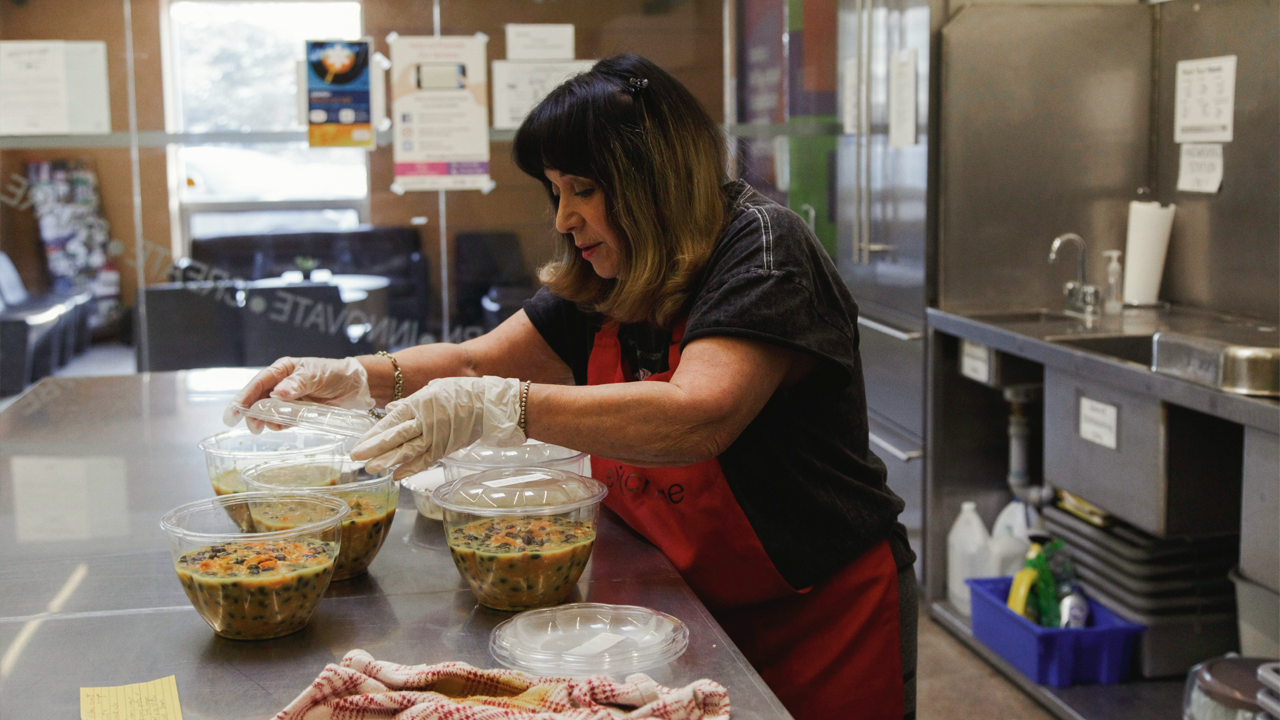
Food insecurity isn’t just about food — it’s about dignity, health and opportunity. Without action, the rising hunger crisis will mean even more people go hungry in the coming years due to the rising cost of living, inflation and growing demand for services as our region grows.
The numbers are staggering:
- Toronto food banks were visited nearly 3.5 million times in 2024 — that’s nearly 1 million more visits than in 2023
- Food bank usage in Toronto has surged 273% since before the pandemic
- In 2023, around 1 in 5 households in Peel and York Region experienced food insecurity
- According to the 2024 Who’s Hungry report, 57% of food bank clients cited the high cost of living as the main reason for visiting a food bank
These numbers make it clear: This is a pressing hunger crisis that food banks alone can’t solve. While they provide critical emergency relief, they are not a long-term solution.
Food insecurity is best addressed by increasing the financial stability of low-income households. At United Way, we know that fighting food insecurity requires a multifaceted approach — one that ensure individuals and families across out region have the resources they need to thrive. That’s why we fund organizations that provide wraparound supports, including housing assistance, job training and social services.
How United Way and our partners are stepping up
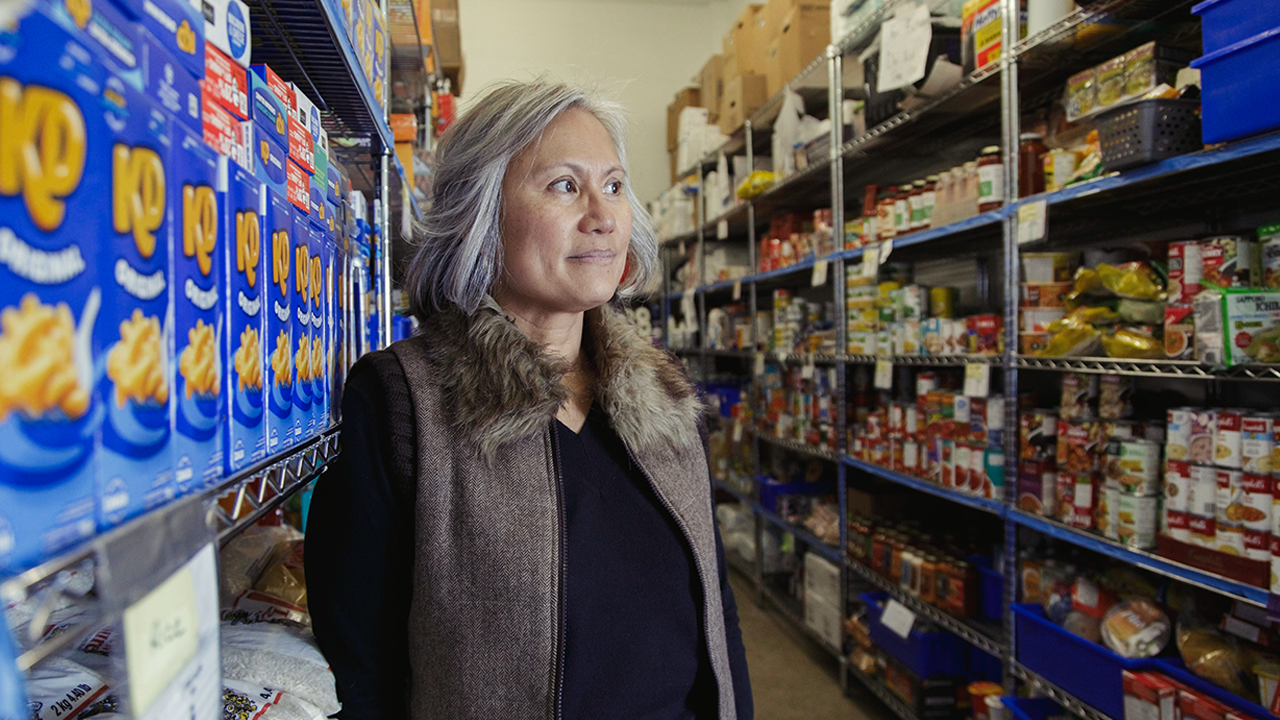
Through our network of 300+ agencies, United Way is taking action to meet this hunger crisis head-on, addressing both immediate needs and long-term solutions. In 2023-24, we invested in 23 food programs and initiatives across the GTA, connecting close to 150,000 people to culturally relevant and local food.
We support a variety of solutions, including:
- Collaborative food distribution — where larger agencies help smaller ones by sharing resources, purchasing power and delivery systems — which supports local services like community kitchens and markets
- Food production like community gardens, empowering residents to grow their own fresh food
- Education so people gain knowledge and skills in different aspects of the food system including cooking, nutrition and employment in food-related services
- Increased connection through resident engagement, participation and decision making about local food system and solutions
- Coordination and planning between local community service organizations and other partners through food councils and food network tables
- Research and policy advocacy to understand and address the root causes of food insecurity and improve food access equity
Our approach is strategic: we’re focusing on high-need areas, working with local partners to build stronger, more sustainable food systems.
Take Caledon, where food insecurity is compounded by high living costs, no public transit and limited affordable housing. There is only one food bank serving a geographic area as large as Mississauga and Brampton combined.
Last year, more than 1,300 people in Caledon turned to The Exchange, CCS’s food bank — a staggering 40% increase from the year before. A third of them were children. For many, it was their first time needing food support.
“We see people skipping meals, sleeping in their cars or walking nearly an hour just to pick up a food hamper,” Geraldine explains.
With funding from United Way and the Region of Peel, CCS launched a mobile food pantry, delivering meals to seniors, people with disabilities and those without transportation — an example of how our place-based solutions can address local challenges.
The bigger picture: the hunger crisis and poverty are interconnected
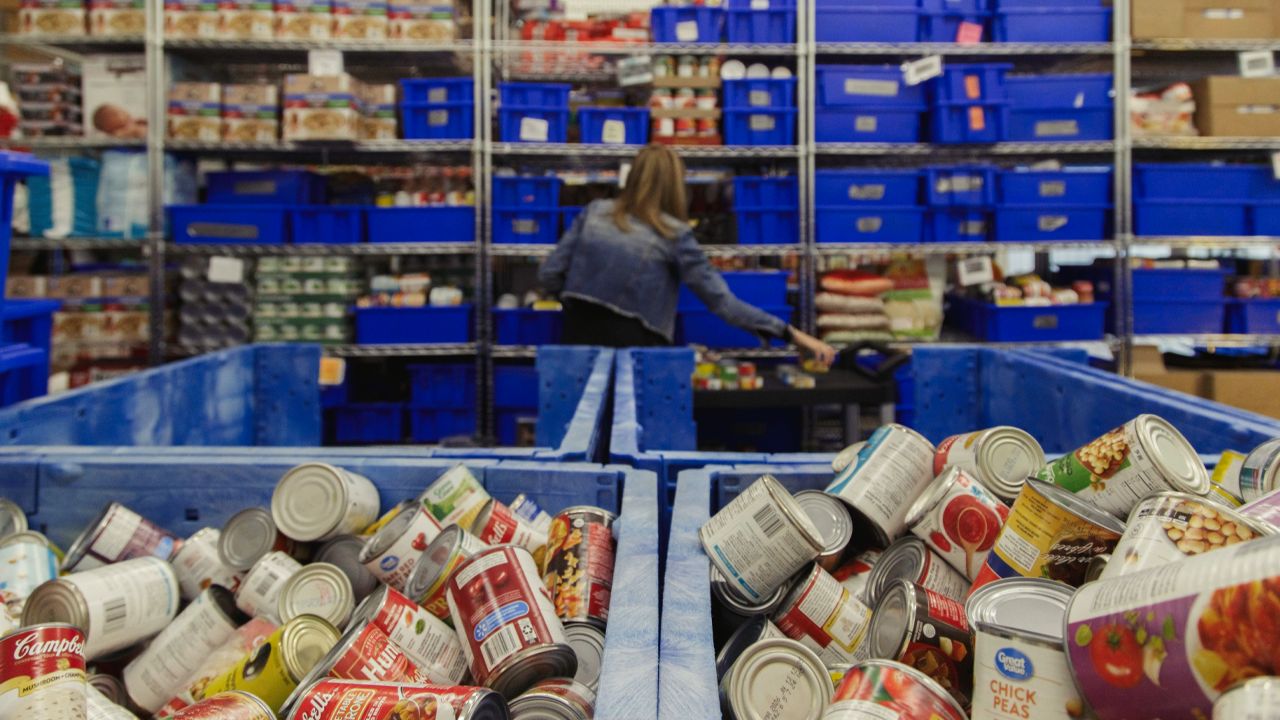
Poverty is multifaceted. Barriers to stable employment, affordable housing, healthcare and childcare all contribute to food insecurity. And factors such as rising rents, inflation, stagnant wages and deepening poverty disproportionately affect Indigenous, Black and other racialized people, in addition to women, seniors, people with disabilities and 2SLGBTQIA+ communities.
“A growing number of people using our food bank are employed — sometimes in double-income households,” says Geraldine. “They’re working hard but still can’t make ends meet.”
Policies like a guaranteed living wage, increased social assistance and income support programs have been proven to reduce food insecurity. Addressing poverty at its root requires strengthening these supports alongside emergency food programs.
United Way and our partners take a wraparound approach, investing in food programs alongside employment and training support, housing assistance and other essential services to break the cycle of poverty. We’re determined to strengthen our impact in addressing poverty and its intersecting challenges, particularly for those facing multiple systemic barriers.
Protecting community spaces that provide essential services
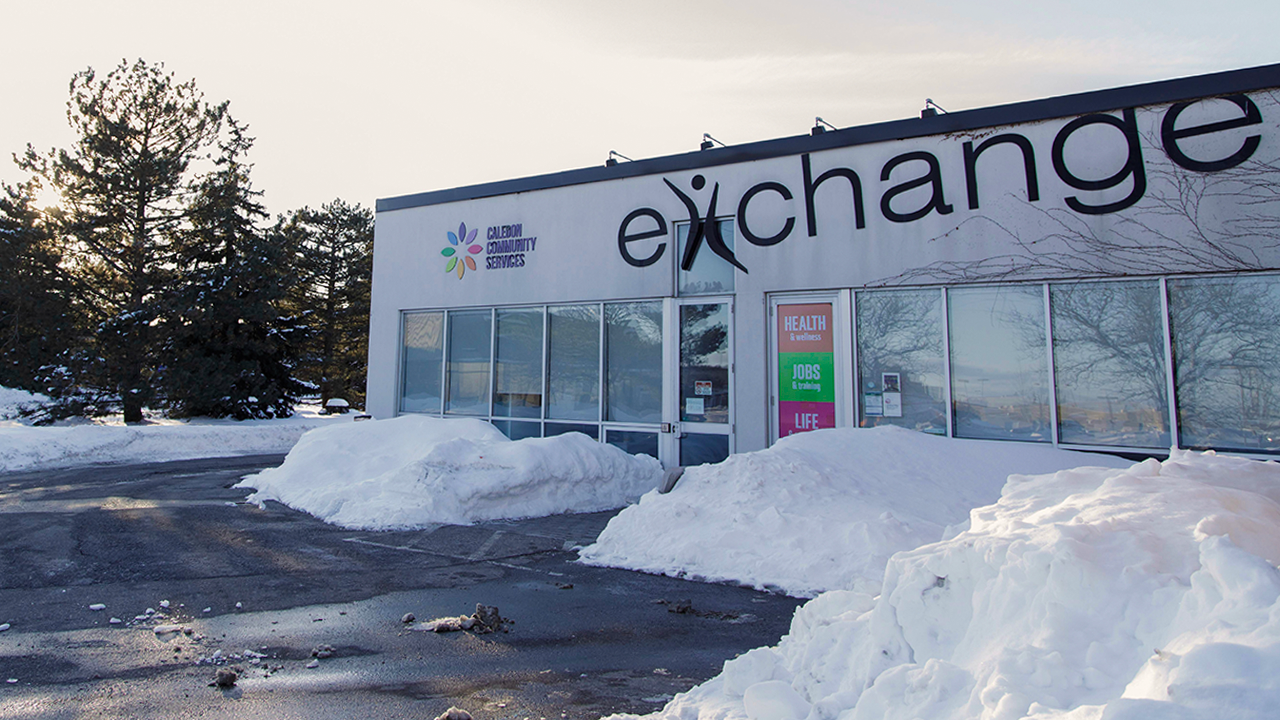
The cost-of-living, affordable housing and hunger crises are affecting not only individuals but also the community agencies that serve them. According to our Essential Spaces: Real (Estate) Solutions to Community Needs report, 70% of community service agencies in the GTA lease their spaces, leaving them vulnerable to rising rents and displacement.
These agencies provide everything from food banks to after-school programs and emergency shelter. Rising costs threaten their existence, impacting the thousands of people who rely on them.
“We’re a 50-year-old agency and we’re struggling to cover our rent,” Geraldine shares.
We hear this time and time again. We are determined to ensure that critical community supports like CCS remain in the neighbourhoods that rely on them. Over the next decade, United Way aims to help 100 organizations secure or stabilize long-term spaces through our Community Real Estate initiative, ensuring that essential services remain available where they are needed most.
A future without hunger is possible

For 70 years, United Way has worked with communities to fight local poverty and its interconnected challenges. The solutions exist, but we need to keep pushing. By supporting food programs, strengthening our community safety net and advocating for systemic change, we can ensure no one has to wonder where their next meal is coming from.
Together, we can build a future where everyone has access to nutritious, heathy food and the resources they need to thrive. Any way we can.